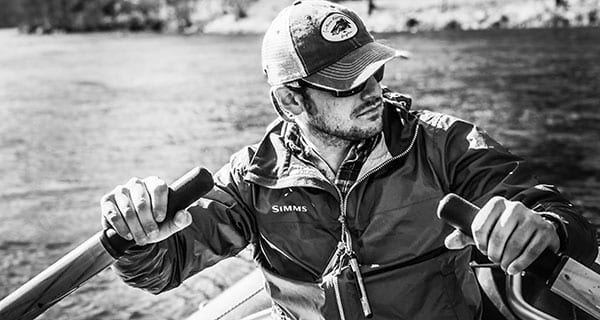In January, I highlighted what I had learned after spending the year removing at least one-33 gallon bag of trash from the waterways that I fish and guide on. It was a very eye-opening experience for me in terms of just how much trash actually littered out waterways within Western North Carolina, with the final tally being over 10,000 individual pieces of plastic and approximately 93 bags that I removed. The aspect that I found most concerning is that all of the trash came from roughly 15 individual streams and rivers on different sections. This means that if I found that much in such a proportionally small space, compared to the thousands of miles of waterways found in the western half of the state, then how much is actually out there? What can be done to mitigate it? Why should people even care? Writing out the negative effects of garbage in terms of both human/ecological health would be an entire book in itself. I would highly encourage those reading to do a quick Google search on the toxicity that something as simple as a water bottle or plastic bag can have on organic organisms, once it begins to degrade in the environment. Instead, this will be a focus on my observations and thoughts on where all of this trash comes from, and what can be done to help eliminate it.
Our waterways here in the mountains have unfortunately become clogged with potentially tons of trash, the majority of which, I believe, can be attributed directly to two sources: roadside trash and illegal dumping. The greater majority of highways and roads in Western North Carolina are built following river valleys. Most of the trash that I collected last year was found in very close proximity to roads following rivers, and on rural roads in particular, I found the heaviest amounts where illegal dumping had taken place. I cannot put specific blame on one particular group of people as to “who” is throwing their trash out of their car window, but I will note that areas that saw high amounts of recreational and tourist traffic were often trashed pretty significantly as well. With roadside trash generally being in such a close proximity to waterways, it doesn’t take long for it to collect either within the stream itself or at least within the surrounding riparian vegetation, especially on the inside bends of river systems where current flow during floods slows and allows for much of this trash to be deposited in higher concentrations.
The high volume of trash that makes its way from roads into rivers is already excessively prevalent within the environment today, after compounding years of build up. While there are a multitude of organizations that put on tons of river clean ups and trash pick-ups year round; the problem still persists. While these are all very good and noble things to do, it doesn’t get to the root of the problem as to where this trash comes from in the first place: human ignorance. I am convinced that the majority of people do not understand the harm that littering can do to the environment, nor do I believe that any law or fine or government regulation will work when it comes to preventing roadside trash in the first place. However, I do believe that those who use and cherish these places the most, outdoor enthusiasts, can make significant gains by doing our part to educate ourselves and others as to why our streams and rivers are worth protecting and fighting for, at all costs. It’s our duty as anglers to do our part to take care of the places we fish and guide on, as clean water is the one thing our outdoor pursuits rely on the most, yet I fear we take for granted, way too often.
You can start on your next outing by just getting a net full of trash, or even better, get a group of friends together and commit some of your time outdoors to removing what is there. Imagine for a moment the difference it would make for our fisheries as a whole, if every single angler spent at least one day out of the year doing a river clean up.
Ethan Hollifield is an Environmental/Physical Science Teacher and is also a guide for Southern Appalachian Anglers
